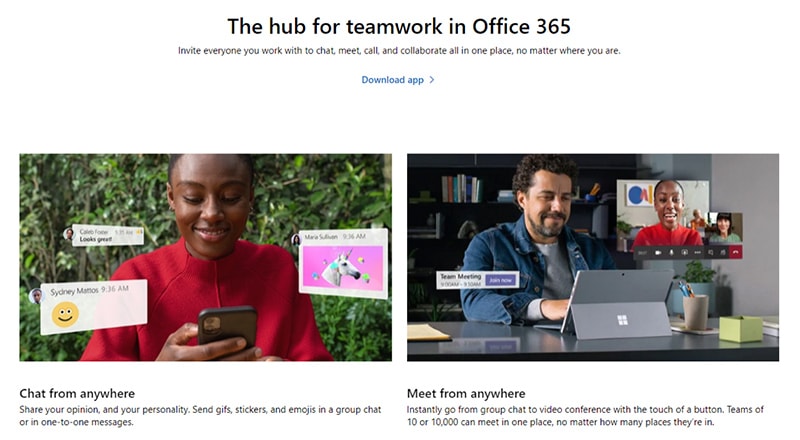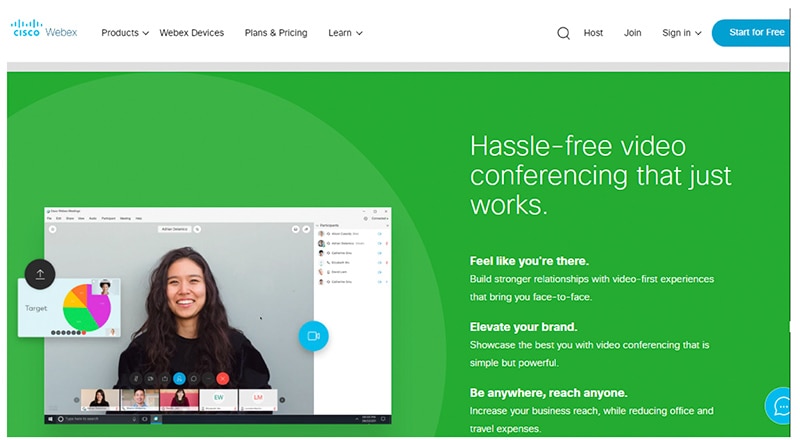Move Over Zoom. Here Are Six Other Platforms You Can Count on.
Just a few months ago, Zoom, a publicly traded company with an annual turnover of US$622 million in the latest fiscal year was a relatively unknown company on NASDAQ, with a market capitalisation of just US$17 billion. These days, practically everyone is using Zoom for work, to date, or to catch up with family and friends. The coronavirus outbreak has forced millions of people to shelter in place, and with human contact being limited, video conferencing has become a vital tool for communication. In just three months, founder and CEO, Eric Yuan made a US$4.37 billion in capital gains. Not too shabby for a company that went public in April 2019.
Although Zoom has become the talk of the town (and an everyday verb), it has come under fire over recent privacy issues after hackers posted obscene images on screens during virtual classroom sessions. Uninvited guests are allowed to join a meeting due to Zoom’s flawed design, which generates a generic meeting ID that can be leaked to the public,
Another cause for concern is the encryption settings, as all communications posted on Zoom can be accessed by its employees. The company’s claim that it has end-to-end encrypted is actually fallacious. In fact, your conversations could very well be overheard by a third party.
The glaring security flaws in Zoom have been widely publicised and there isn’t a shortage of criticism about Zoom’s handling of the situation. Since then, the company has made remedial efforts by releasing version 5.0 with privacy and security updates. These improvements allow organisers to protect meetings from unwanted intrusions. If you are experiencing ‘Zoom fatigue’, here are six other video conferencing platforms that you can use for work meetings.
Microsoft Teams
 Source: Microsoft Teams
Source: Microsoft Teams
Microsoft Teams is one of the underdogs when it comes to video conferencing solutions. Within a few years after its launch, it has become the favoured tool of many institutions of higher learning in Singapore. If your company has an Office 365 package, Microsoft Teams comes free with it.
 Source: Microsoft Teams
Source: Microsoft Teams
The suite of tools allows businesses to conduct group chats, group meetings and screen sharing, making collaborations easy between users. It also has file storage features, which is very much similar to Google Drive. For IT developers and business professionals, Microsoft Teams has integration features that allow the smooth running and integration of disparate applications.
Slack
Widely used in Silicon Valley, especially among IT developers, Slack has all the remote collaboration features that are similar to Zoom like video conferencing, chat rooms and searchable archived data to help smoothen workflow. However, the one unique thing about Slack as compared to other video conferencing tools is the ability to segregate work, feedback and communication into different channels.
Cisco Webex
 Source: Webex
Source: Webex
Webex has been around for a long time since the 1990s. In 2007, it was acquired by Cisco and renamed as Cisco Webex. Primarily a communication and collaboration tool, it allows group chatting and video conferencing for up to 100 participants with unlimited time for each meeting. Additionally, Webex can be integrated with your everyday applications such as Google Drive, Gmail, Office 365, Github and Salesforce on an enterprise level.
Skype
Skype, which is owned by Microsoft, is actually a miniature version of Microsoft Teams. Unfortunately, it is limited to one-on-one video calls or chats and cannot accommodate groups, unlike Microsoft Teams and Zoom. Nonetheless, it is a free tool that has consistent audio-visual quality for businesses or personal use.
Google Meet
Google Meet was never in the running to be a top video conferencing tool until recently. Formerly called Hangouts Meet, the poor audio and visual quality were the main pain points for users. But since then, Google has addressed all those issues in its newer version, which promises to allow up to 100 people to communicate simultaneously with each other without a time limit. Currently available on Android, IOS and your preferred web browser, Google Meet like WhatsApp is also end-to-end encrypted.
Facebook Messenger Rooms
Facebook Messenger Rooms is the new kid on the block. Sensing an opportunity to shore up its user base, Facebook released Facebook Messenger Rooms on May 5—allowing up to 50 people to participate in a video chat (for an unlimited time) even if they don’t have a Facebook account.
All is not lost for Zoom though. Despite its security breaches, the platform remains the top choice for many companies in need of remote collaboration due to its high-quality audio and video capabilities. Additionally, Zoom is very easy to use, which makes it a hassle to switch to another competitor once your colleagues and friends are on it. For now, it may be hard for the rest to chip away at the company’s dominance, since it just acquired Keybase, an encryption and security service.
Hero image credit: Facebook


